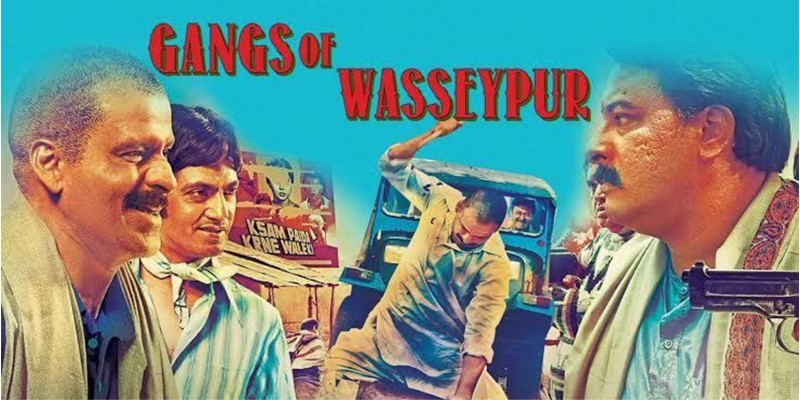
Few films in the history of Indian cinema have been able to successfully capture the spirit of an entire era through the use of complex plots, enduring characters, and an unflinching portrayal of reality. "Gangs of Wasseypur," a 2012 film by Anurag Kashyap, is one such masterpiece. This movie stands out even more because of its original transition from a lengthy 5-hour, 19-minute epic to a divided story presented in two parts. The film's division was not only a result of practical limitations, but also an evolution that allowed audiences to take in a gripping saga in manageable chunks.
'Gangs of Wasseypur' by Anurag Kashyap was initially intended to be a single film that would engross audiences in the turbulent world of crime, retribution, and power dynamics for a significant amount of time. Based on actual people and events, the movie promised a visceral cinematic experience that combined brilliant storytelling with unvarnished authenticity.
The original version of "Gangs of Wasseypur," which ran for a staggering 5 hours and 19 minutes, was a cinematic marathon that attempted to encompass a multi-generational narrative in a single viewing experience. This ambitious project served as proof of Kashyap's commitment to creating an engaging story that went beyond the limitations of traditional storytelling.
The practicalities of film distribution and exhibition presented difficulties despite the director's ambitious vision. The length of the runtime and the audience's attention span were both major factors, and theaters were not designed to handle them. In light of this conundrum, it was decided to divide "Gangs of Wasseypur" into two parts for its theatrical release.
'Gangs of Wasseypur's' division into two sections signaled a change in the movie's narrative organization. The audience was able to take in the complexity of the characters and their stories in manageable portions because Parts 1 and 2 were presented as separate yet connected narratives. The two-part structure also made it possible to delve deeper into the complex storylines and character arcs.
Anurag Kashyap was able to effectively pace the story thanks to his decision to divide the movie into two parts. The story's natural breaks were made possible by the two-part format, which increased audience engagement by arousing curiosity and anticipation.
The two-part release of "Gangs of Wasseypur" marked a turning point in cinema, demonstrating the storytelling's dynamic nature and ability to adjust to the limitations of the format. The movie's transition from a single epic to a divided narrative exemplifies how far the business can advance while still remaining true to the core of the plot.
With regard to both plot and structure, "Gangs of Wasseypur" is a testament to the transformative potential of cinema. Anurag Kashyap's masterful storytelling was modified to meet the practical requirements of the medium, creating a two-part saga that enthralled viewers while preserving the spirit of the original epic. Due to the way the movie was divided, characters and themes could be explored in greater depth, highlighting how adaptable and flexible cinema is as a medium that can change without losing its originality.
From Street Vendors to Silver Screen: Arshad Warsi's Unconventional Rise in Bollywood
From Soil to Spotlight: The Inspiring Narrative of Nawazuddin Siddiqui's Journey